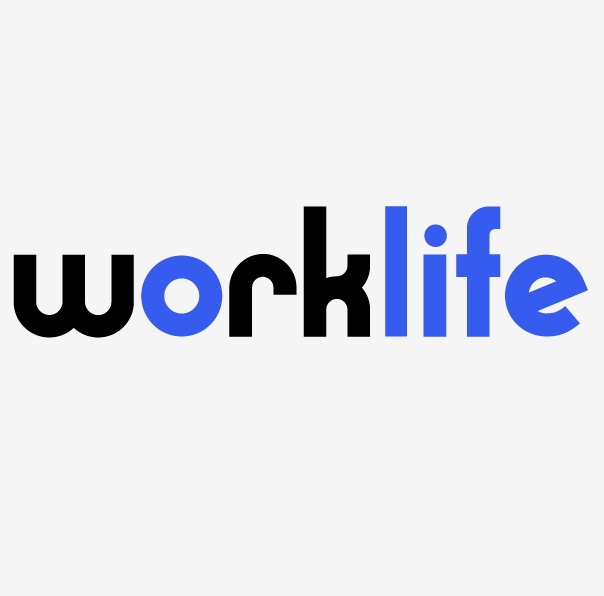Tired of paying employees? On January 5, 2018, the U.S. Department of Labor issued new guidelines that will make it easier for employers in the for-profit sector to provide work experience to students through unpaid internships. The new guidelines, which roll back the Obama-era 6 factor test for determining whether interns are actually employees who should be paid, adopt the primary beneficiary test that a number of federal courts of appeal have recently applied despite the DOL test.
In 2010, the DOL issued guidelines that heavily leaned toward treating all interns as employees. Among the factors included in the test was probably the most ludicrous standard ever invented by government. The 4th factor was that to be considered an intern, the employer had to derive no immediate advantage from the activities of the intern; and on occasion its operations may actually have been impeded. So, in order to establish an unpaid internship, the interns could do nothing to benefit the company and had to actually screw things up; otherwise they had to be paid. As a result, between 2010 and 2015, a number of high profile class actions were filed by interns against NBC Universal, Conde Nast, Viacom, Gucci and IMG Worldwide, all of which were settled in favor of the intern-plaintiffs. And many not so high profile employers were also sued by interns.
Some federal courts rejected the DOL test and created a primary beneficiary test, which essentially focuses on whether the intern or the employer is the primary beneficiary of the relationship. If the intern is the primary beneficiary of the opportunity, they do not get paid. You get the idea. So the DOL got on board earlier this month and the now new, more flexible test looks at the following factors:
(1) The clarity of the understanding that there will be no compensation;
(2) The extent to which the internship provides training similar to that of an educational environment, including clinical and other hands-on training that schools provide;*
(3) The degree to which the internship relates to the intern’s formal educational program;
(4) The level of accommodation to the intern’s school schedule;
(5) The extent to which the internship is limited only to the period of time during which the intern is learning;
(6) The degree to which the intern’s tasks compliment, rather than displace, the work of employees while providing significant educational benefits to the intern; and
(7) The clarity of the understanding that there is no entitlement to employment at the end of the internship.
* This is an important distinction from the prior DOL test because so many academic programs have practical training that is similar to work experience, so that limiting the concept to classroom learning essentially disqualified all internships under that factor.
The focus of the test is on the benefits the intern receives from the opportunity in exchange for his/her work. The DOL guidance makes clear that the test is flexible, must take into account the unique circumstances of each internship program and that no single factor is determinative. If upon application of the test it is determined that the intern is an employee, he/she will be entitled to no less than minimum wage and overtime pay for hours worked over 40 in a workweek.
Before running out to recruit a gaggle of new interns, please keep in mind that state wage and hour laws may also apply to internship programs, so it is important to check with us prior to implementing any unpaid internship program. Because it’s tough to complain about free labor, this is a positive development for employers (just not for our kids).








